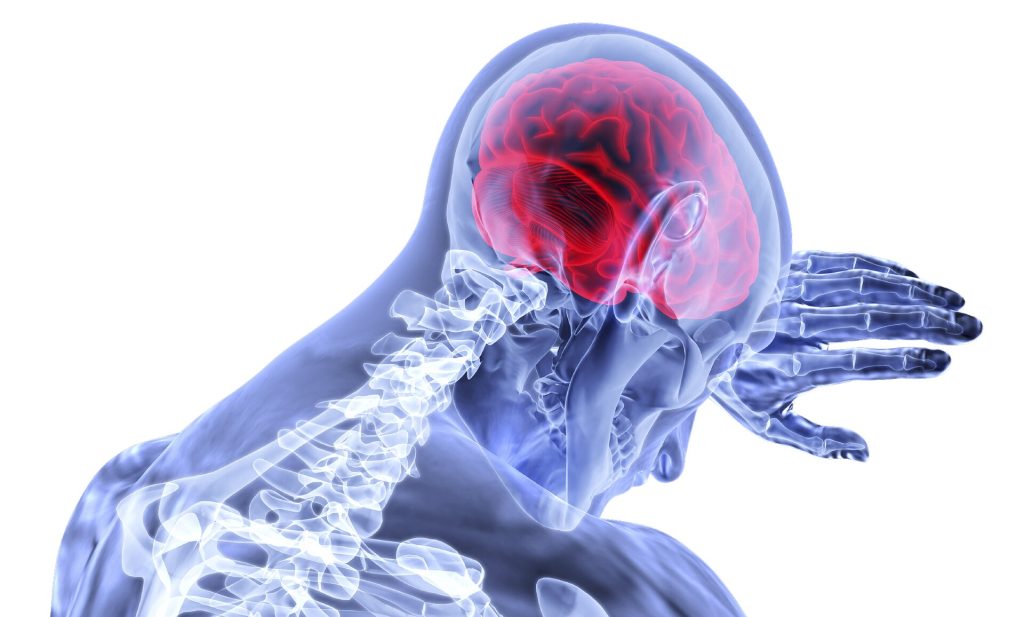Paracetamol and Ibuprofen Linked to Antibiotic Resistance
Study evaluated nine common medications used in old age care homes

New research from the University of South Australia shows that the trusted staples of paracetamol and ibuprofen are quietly fuelling one of the world’s biggest health threats: antibiotic resistance.
In the first study of its kind, researchers found that ibuprofen and paracetamol are not only driving antibiotic resistance when used individually but amplifying it when used together.
Assessing the interaction of non-antibiotic medications, the broad-spectrum antibiotic ciprofloxacin, and Escherichia coli, researchers found that ibuprofen and paracetamol significantly increased bacterial mutations, making E. coli highly resistant to the antibiotic.
It’s an important finding that has serious health implications, particularly for people in aged care homes, where multiple medications are regularly administered.
The World Health Organization reports that antimicrobial resistance is a global threat to public health, and that bacterial resistance was directly responsible for 1.27 million global deaths in 2019.
Lead researcher UniSA’s Associate Professor Rietie Venter says the findings raise important questions about the risks of polypharmacy in aged care.
“Antibiotics have long been vital in treating infectious diseases, but their widespread overuse and misuse have driven a global rise in antibiotic-resistant bacteria,” Assoc Prof Venter says.
“This is especially prevalent in residential aged care facilities, where older people are more likely to be prescribed multiple medications – not just antibiotics, but also drugs for pain, sleep, or blood pressure – making it an ideal breeding ground for gut bacteria to become resistant to antibiotics.
“In this study we looked at the effect of non-antibiotic medicines and ciprofloxacin, an antibiotic which is used to treat common skin, gut or urinary tract infections.
“When bacteria were exposed to ciprofloxacin alongside ibuprofen and paracetamol, they developed more genetic mutations than with the antibiotic alone, helping them grow faster and become highly resistant. Worryingly, the bacteria were not only resistant to the antibiotic ciprofloxacin, but increased resistance was also observed to multiple other antibiotics from different classes.
“We also uncovered the genetic mechanisms behind this resistance, with ibuprofen and paracetamol both activating the bacteria’s defences to expel antibiotics and render them less effective.”
The study assessed nine medications* commonly used in residential aged care: ibuprofen, diclofenac, paracetamol, furosemide, metformin, atorvastatin, tramadol, temazepam, and pseudoephedrine.
Assoc Prof Venter says the study shows how antibiotic resistance is a more complex challenge than previously understood, with common non-antibiotic medications also playing a role.
“Antibiotic resistance isn’t just about antibiotics anymore,” Assoc Prof Venter says.
“This study is a clear reminder that we need to carefully consider the risks of using multiple medications – particularly in aged care where residents are often prescribed a mix of long-term treatments.
“This doesn’t mean we should stop using these medications, but we do need to be more mindful about how they interact with antibiotics – and that includes looking beyond just two-drug combinations.”
The researchers are calling for further studies into drug interactions among anyone on long-term medication treatment regimes so we can gain a greater awareness of how common medications may impact antibiotic effectiveness.
Source: University of South Australia







